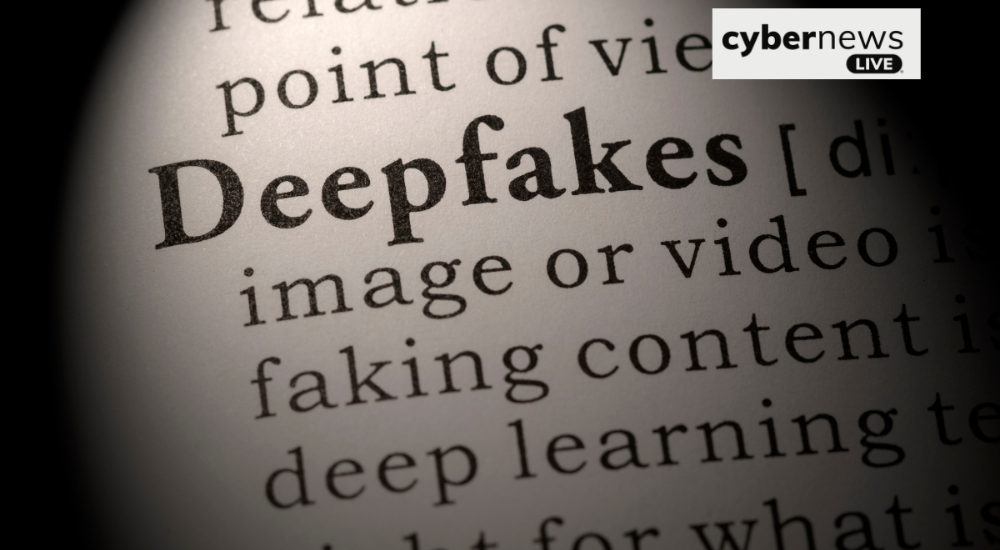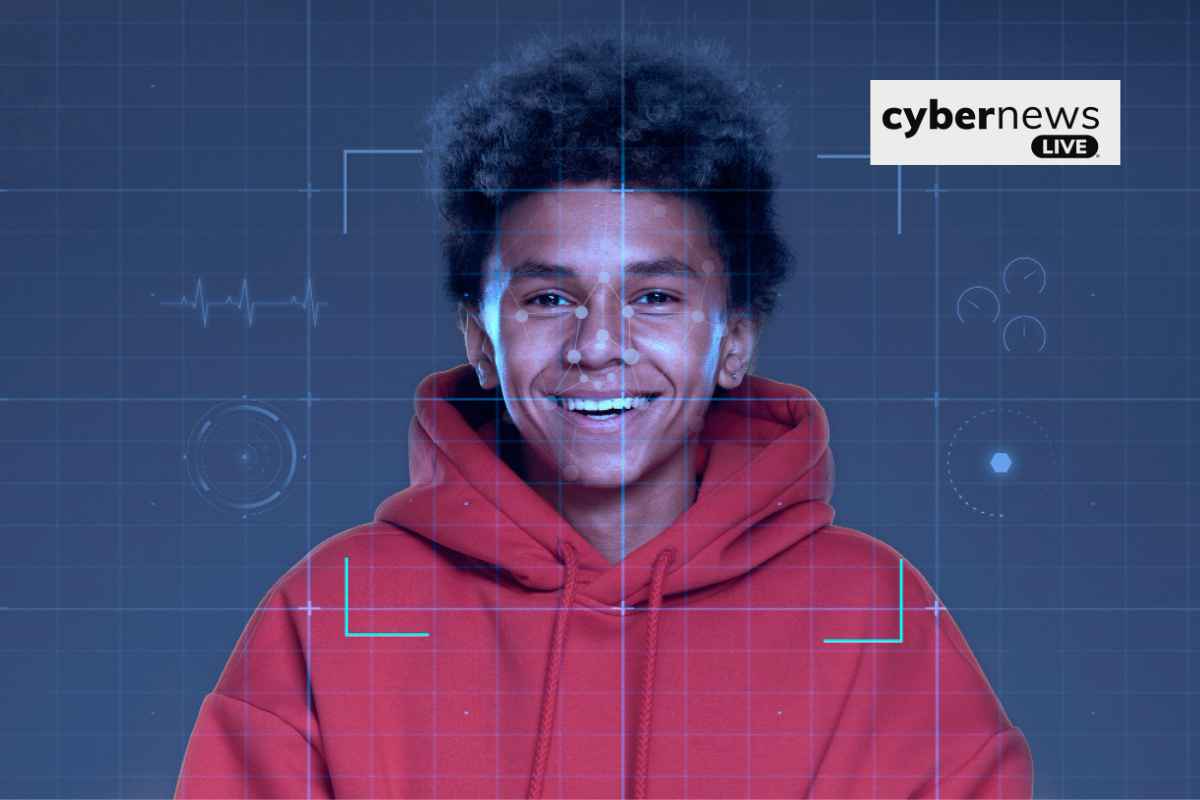
What is a Deepfake? Everything You Need to Know
Deepfakes are artificially created media such as images, audio, and video that manipulate people through AI for nefarious purposes. Like every other technology, deepfakes have pros and cons. While they offer exciting opportunities for creation, they also pose significant risks to people, organisations, and society. The greatest danger deep fakes pose is their ability to spread false information that appears original. Falling prey to deepfake attacks can lead to chaos and uncertainty. However, with ongoing research, education, and regulatory measures, we can safeguard against these risks and build a better digital environment.
Over the past few decades, AI’s exponential growth has permeated various fields through multifaceted applications, fostering innovation and productivity. Its transformative power improves the quality and efficiency of many industries. While its transformative power enhances many industries, not all AI products benefit society. Technologies like deepfakes exemplify this duality, initially developed for constructive purposes but susceptible to exploitation by malicious actors for nefarious ends.
Deepfakes are a novel form of synthetic media generated through machine learning algorithms. They derive their name from the deep learning techniques used for their creation and the fake events they represent.
Let’s understand deepfakes in detail.
What is a Deepfake?
Deepfake refers to the specific type of artificial intelligence employed to create hoax videos, images, and audio for deceptive purposes. It encompasses technology and bogus content created by combining deep learning and falsified media.
Deepfakes often manipulate the existing video content by swapping one person for another. Moreover, they can generate original content depicting individuals engaged in action and uttering the sentences they never said.
The greatest threat posed by deepfakes lies in their ability to disseminate false information that appears authentic and trustworthy. For instance, in 2022, a deepfake video of Ukrainian President Volodymyr Zelenskyy urging his troops to surrender gained significant attention on social media.
Moreover, concerns also have been raised over the use of deepfakes for election interference and propaganda. In addition, deepfakes pose a severe threat to legitimate applications, such as video games and entertainment, as well as other uses, such as call forwarding and receptionist purposes.

How Does Deepfake Work?
Deepfake leverages two powerful algorithms, a generator, and a discriminator, to produce highly refined fake content. The generator acts as the training dataset, creating the phony content based on the desired input. On the other hand, the discriminator plays the critic’s role in analysing the authenticity of generated content. This interactive process enables the generator to improve the content and the discriminator to become more realistic in detecting the flaws of generated content.
The generator and discriminator algorithm collectively form a generative adversarial network, a deep learning pattern to identify the pattern in original images and use it to create fake patterns. While creating deepfake photographs, a GAN (Generative Adversarial Network) system examines the various angles of photos to capture all the intricate details and perspectives. Similarly, for the deepfake videos, GAN observes the original video from different angles, including behavioural cues, movement, and speech patterns. This information then undergoes multiple iterations of evaluation through the discriminator to enhance the realism of the final image or video.
How to Detect Deepfakes?
AI technologies use algorithms similar to those that create Deepfakes to detect them. These algorithms spot patterns not found in genuine photos or videos. Initially, irregular blinks or the absence of blinking were reliable indicators. However, as deepfake methods have evolved, so have detection strategies. Some common signs of deepfakes include:
- Unusual skin colour or change in the skin tone
- Unnatural and jerky movements
- Poor coordination of speech and lip movement
- Bluries and inconsistencies in face appearance and background
- Lighting issues or unnatural lighting partners
- Presence of additional pixels
How are Deepfakes Videos Commonly Used?
Deepfake videos are used in multiple applications for positive and negative purposes. Some common uses of deepfake video include:
Art
Deepfakes generate new music with an artist’s existing body of work. Artists can create a new music video using the voice of the deceased singer, or filmmakers can use them for dubbing videos.
Blacking and Reputational Damage
Malicious actors can use deepfake videos to target politicians and famous personalities. They can create videos featuring individuals involved in illegal activities or lying to the public to extort money or tarnish their reputation. Deepfake videos can used to impersonate company CEOs or officials to gain access to sensitive information.
Caller Response Services
Deepfake videos can also be used to provide personalised responses to caller requests, such as call forwarding and receptionist services.
Conclusion
The development of deepfake detection technology is not keeping up with the rapidly evolving methods fraudsters use to deceive people. Organisations and individuals must equip themselves with new skills and tactics to mitigate the risks of harmful deepfake videos. The best way to protect yourself and your company from such threats is cybersecurity training. Short training sessions highlighting deepfake video’s characteristics and providing practical guidance can bolster defence. By employing these techniques, organisations can build resilience against deepfake attacks.
Cyber threats like deepfakes are increasingly common. Learn how to spot these fakes and mitigate the risks of potential harm with Cyber News Live.

